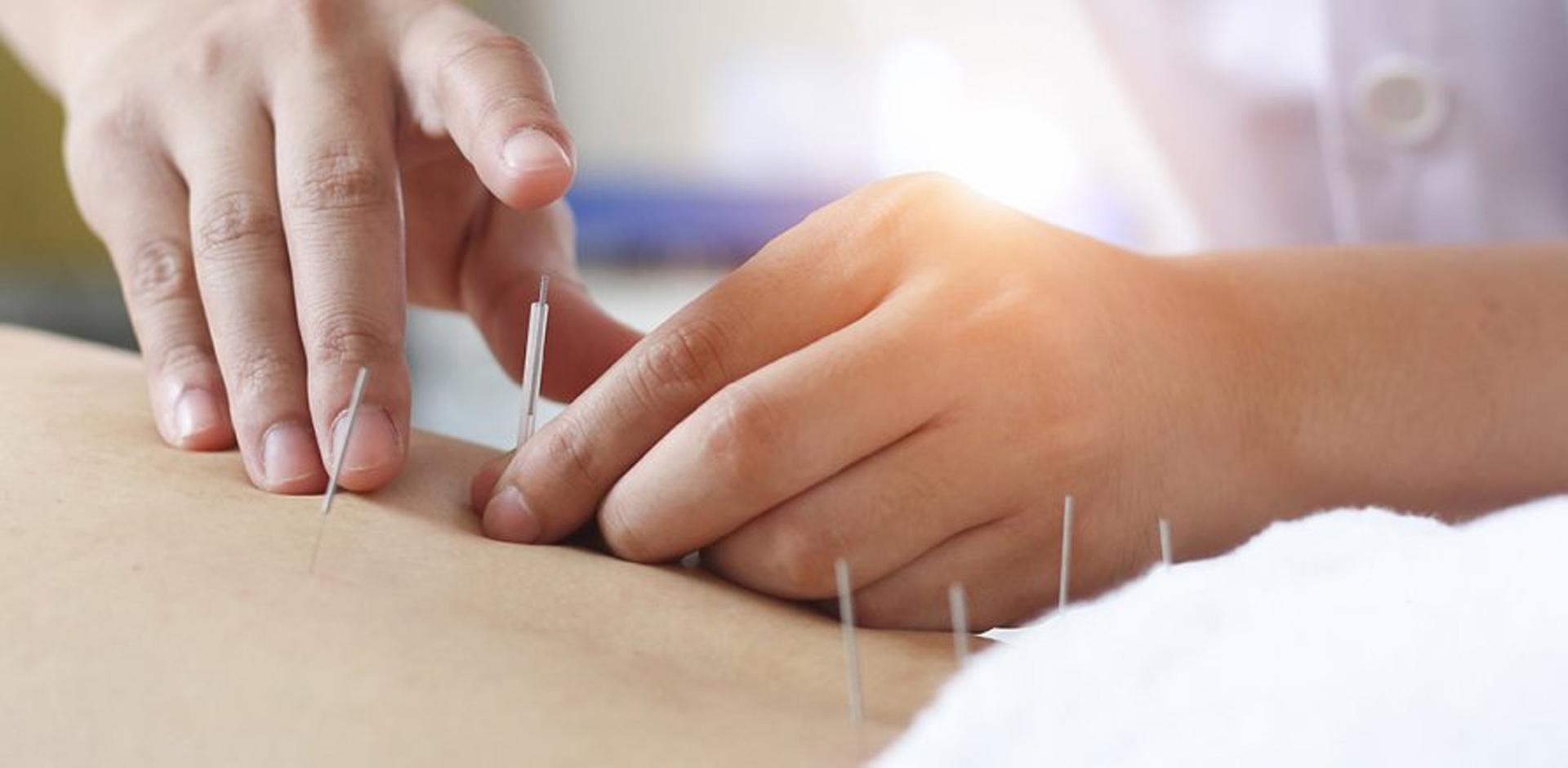What is Dry Needling?
Dry needling is a treatment technique whereby a sterile, single-use, fine filament needle (acupuncture needle) is inserted into the muscle to assist with decreasing pain and improving function through the release of myofascial trigger points (knots in muscle).
What is a Myofascial Trigger Point?
According to Dr. Ravinder Kumar, ortho neuro Physiotherapy Clinic, Ghaziabad. A myofascial trigger point, also known as a knot in the muscle, is a group of muscle fibres which have shortened when activated but have not been able to lengthen back to a relaxed state after use. A myofascial trigger point develops a sensitive nodule in the muscle (Simons, Travell & Simons,1999). This hypersensitivity occurs as the muscle fibers become so tight that they compress the capillaries and nerves that supply them ( McPartland, 2004; Simons et al., 1999). As a result, the muscle is unable to move frequently, obtain a fresh blood supply containing oxygen and nutrients, or flush out additional acidic chemicals (McPartland, 2004; Simons 1999). In addition to this nodule, the remainder of the muscle also tightens to compensate. The presence of a myofascial trigger point in a muscle can lead to discomfort with touch, movement and stretching; decreased joint motion; and even a temporary loss of coordination.
How Does Dry needling assist with decreasing local muscular pain and improving function through the restoration of a muscle’s natural ability to lengthen and shorten by releasing myofascial trigger points?
What Does Dry Needling Do?
When the delicate filament needle inserts into the centre of a myofascial trigger point, blood pools around the needle triggering the contracted muscle fibres to relax. It also helps to provide those fibres with fresh oxygen and nutrients, as well as by flushing away any additional acidic chemicals. This reaction, in turn, leads to the decompression of the local blood and nerve supply. Other then Ddry Needling, Dr. Ravinder Kumar, ortho neuro Physiotherapy Clinic, Ghaziabad using other modern technique like Chiropractor or Chiropractic Adjustment Treatment & Osteopathy etc.
What Causes a Myofascial Trigger Point?
Myofascial pain syndrome is caused by a stimulus, such as muscle tightness, that sets off trigger points in your muscles. Factors that may increase your risk of muscle trigger points include Muscle injury. An acute muscle injury or continual muscle stress may lead to the development of trigger points.
Dry Needling Work?
A myofascial trigger point develops as part of the body’s protective response following:
- Injury – the muscle will tighten in an attempt to reduce the severity of an injury
- Unexpected movements, e.g. descending a step that is lower than initially anticipated
- Quick movements, e.g. looking over your shoulder while driving
- Change in regular activity or muscle loading, e.g. an increase in the number or intensity of training sessions for sport
- Sustained postures, e.g. prolonged sitting for work or study
- Nerve impingement – the muscle will tighten to protect the nerve
- Stress
- Illness (bacterial or viral)
- Nutritional deficiencies, or
- Metabolic and endocrine conditions.
What is the Difference Between Dry Needling and Acupuncture?
Dry needling is not the same as acupuncture, although there are similarities between the two techniques. The main difference between dry needling and acupuncture is the theory behind why the methods work. Dry needling’s primarily focused on the reduction of pain and restoration of function through the release of myofascial trigger points in the muscle. In comparison, acupuncture focuses on the treatment of medical conditions by restoring the flow of energy (Qi) through critical points in the body (meridians) to restore balance.
When Is Dry Needling Treatment Recommended?
- Dry needling can assist in treatment: to help release myofascial trigger points (muscle knots)
- To assist with pain management, and
- To restore movement at a joint if inhibited by myofascial trigger points.
What Will You Feel During Dry Needling Treatment?
During a dry needling treatment, you may feel a mild sensation as the needle inserts and withdraws. Patients don’t report any discomfort during needle manipulation.
A brief muscle twitch may occur during a dry needling treatment. This twitch may happen when the needle directly stimulates a myofascial trigger point.
Where Does Dry Needling Fit Within Your Rehabilitation Program?
Dry needling is one of many techniques that can be utilized by your physiotherapist to assist with your rehabilitation. We combine dry needling with other physiotherapy techniques, including massage, manual therapy, and exercise prescription.
What are the Side Effects of Dry Needling?
Every form of treatment can carry an associated risk. Your physiotherapist can explain the risks and can determine whether dry needling is suitable for you based on your injury and your general health.
When dry needling occurs, single-use, sterile needles are always used and disposed of immediately afterIs Dry Needling Safe?
Everybody is different and can respond differently to various treatment techniques, including dry needling. In addition to the benefits that dry needling can provide, some side effects may occur, including spotting or bruising, fainting, nausea, residual discomfort or even altered energy levels. However, these symptoms should last no longer than 24 to 48 hours after treatment.
Can You Exercise After Dry Needling?
We recommend avoiding strenuous or high impact activities immediately after dry needling, to allow the body time to recover, and to maximise the benefits of the treatment.
At Ortho Neuro Physiotherapy, Chiropractic, Osteopathy, Clinic, most of our physiotherapists are qualified and skilled in dry needling and would be happy to discuss your treatment with you.


